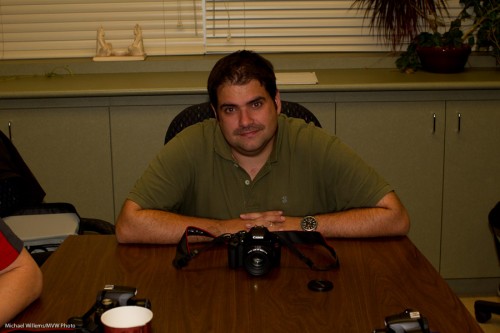When you use an automatic, TTL (“Through The Lens”) metered flash, how does your flash know how much power to emit?
I.e. when I set my camera to , say, 1/200th second, f/5.6, and 400 ISO, now the camera needs a certain amount of power to come from the flash to match that. If the flash emits too little power, you would get this too-dark picture:
If on the other hand it emits too much power, you would get this instead:
And yet, when you click, time and time again, you get something more like this:
So how does the camera magically know the power should be at that level for this shot? After all, for each shot it is different. Get closer to the subject, and you would need less power. Farther away, and you would need more.
OK – here is how the camera knows.
When you click, the following happens:
- The camera tells the flash to emit a little pre-flash.
- The camera measures the light returned from that pre-flash.
- It uses that amount of returned light to calculate the power needed for the shot.
- Only now does it raise its mirror and open the shutter.
- Then, it tells the flash to fire at that calculated power level.
- The flash does as it is told.
- Afterward, the camera closes the shutter and drops the mirror.
- Done.
A whole lot of stuff here to ensure you get correct flash exposures.
So yes – every time you see a flash, you are actually seeing two flashes, This also explains why you appear to see theflash through your viewfinder – you are seeing your preflash.



